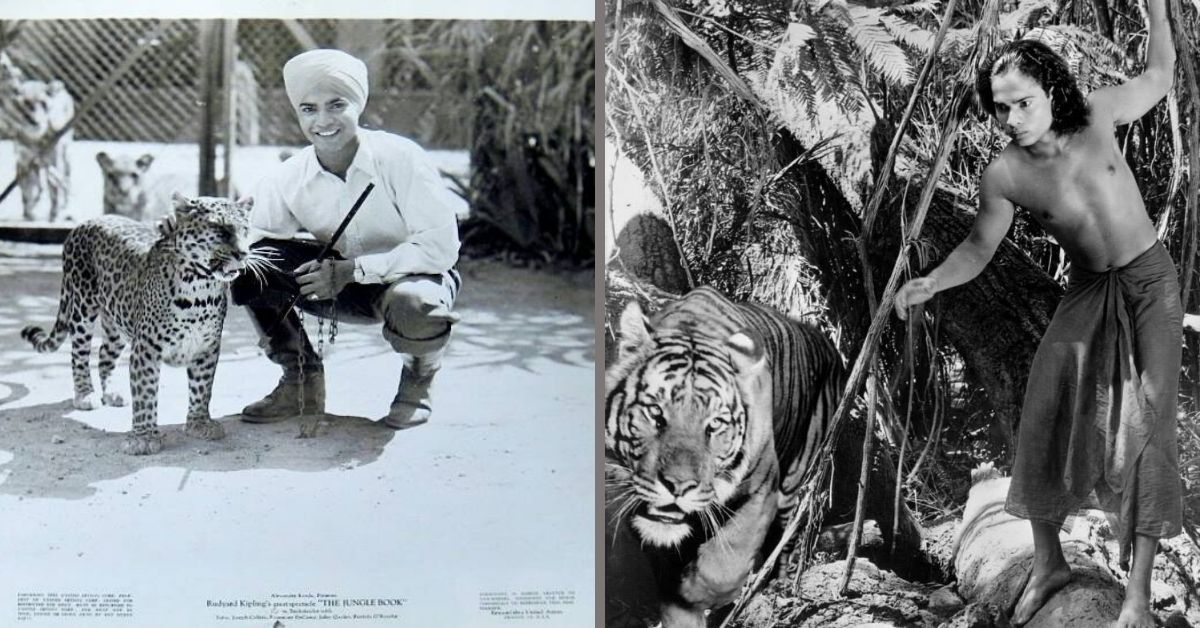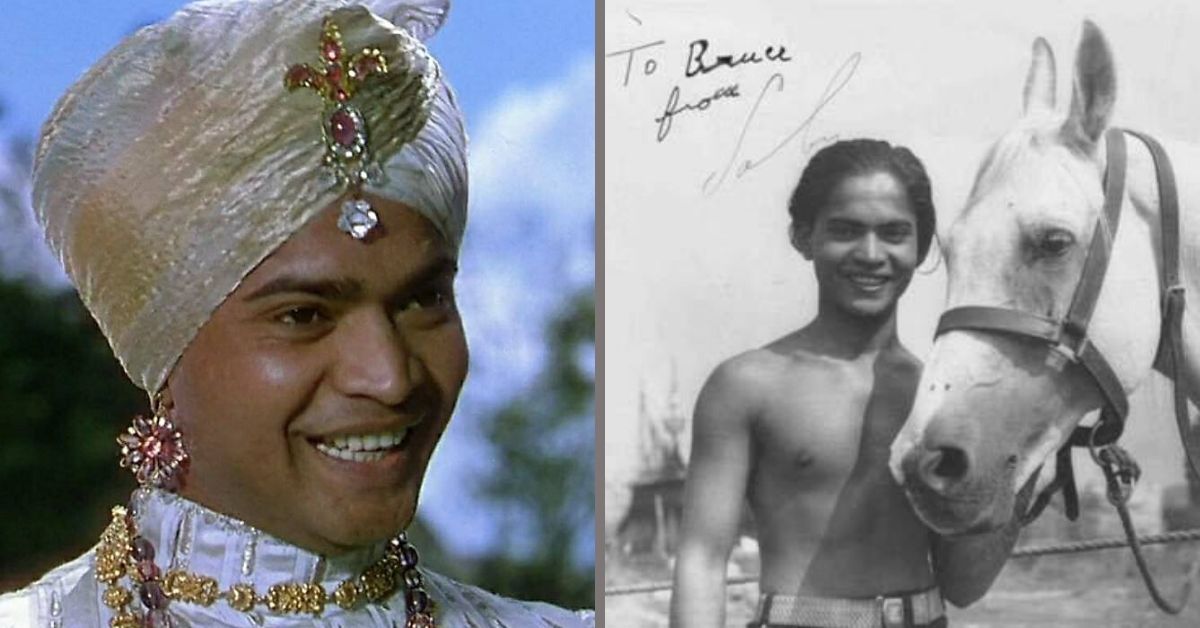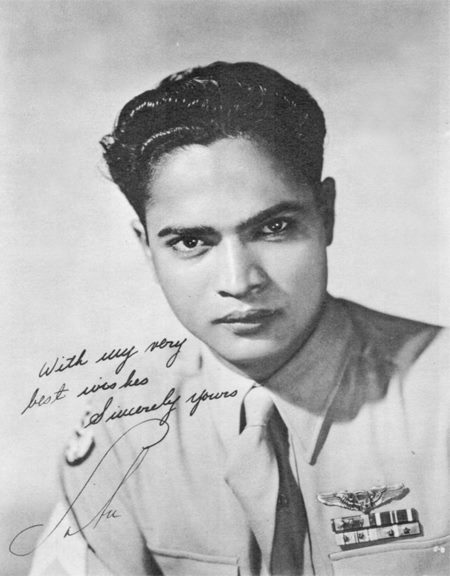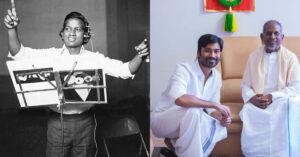‘Elephant Boy’ Mysore Sabu: Meet India’s First Star on Hollywood’s ‘Walk of Fame’
He was the first Indian to ‘make it’ in Hollywood, long before Priyanka Chopra, Om Puri and Irffan Khan became noted actors in the west.

Thirty-odd years ago, an English film on the staid old Doordarshan channel (remember, it was the only one), was an event.
When the papers announced that the offering on a certain Friday evening was that classic Disney cartoon film, Jungle Book, my sister and I scarcely believed our luck. It was a late-night screening, and so permissions had to be sought in exchange for promises made (‘Yes, we will finish our homework on Saturday morning and hit the books on Sunday too!’)
And so, the three of us–my sister, an old uncle who happened to be visiting, and I–waited with bated breath for the spectacle to unfold.
When it did, it was a crushing disappointment. It wasn’t the animated feature.
This Jungle Book had real people, and a strange name rolled off the credits–Sabu! His name in capital letters appeared in a bigger font than the others that were listed below him. Clearly, he was the lead actor, something of a star even.
My sister and I were crushed. Our old uncle wasn’t. He slapped his thighs in glee and exclaimed, “Oh my god! It’s Mysore Sabu!”
My sister slunk off to catch up on her sleep. She didn’t deem Sabu worthy of keeping her up. My uncle and I watched on. I remember not being disappointed at all.
In retrospect, Sabu’s Jungle Book, a celebration of empire and colonialism, appears dated. The ‘exotic’ Indian sets and the European actors who had been ‘blackfaced’ to resemble the Indians they were portraying, belonged to a time long gone. Yet, in that overly white, racist, and condescending cinematic world of the English films of the 1930s and 40s, Sabu, the Indian boy, made his mark.
Sabu was the first Indian to ‘make it’ in Hollywood, long before Priyanka Chopra, Om Puri and Irffan Khan became noted actors in the west. Even inducted into the Hollywood Walk of Fame in 1960. Now forgotten, in his time, Sabu was the go-to actor for exotic Indian and Asian roles.
His beginnings were innocuous. He was born in 1924 in Karapur near then Mysore. Many sources cite his full name as Sabu Dastagir. But that appears to be erroneous. Selar Sabu or Selar Sheikh Sabu was his actual name. His brother, Sheikh Dastagir, went to Hollywood with him and somehow, owing to a mix-up of immigration forms, their last names got interchanged. And so, for Hollywood, he was just Sabu, his full name was never mentioned.
Sabu’s mother, it appears, died when he was young, and in 1931, his father too passed away. The six-year-old boy went on to serve in the elephant stables of the Maharaja of Mysore, and later as a mahout.
In 1934 or 1935, Robert Flaherty was in Mysore filming for Elephant Boy and spotted ten-year-old Sabu, in all likelihood, sitting on an elephant. And that’s how he was drafted into the film.

Flaherty was something of a cinematic pioneer. Among other things, he was the maker of Moana (1926), often described as the ‘first documentary’. It is likely that Elephant Boy too was intended to be a documentary, but the film’s producer, Alexander Korda, had a costume drama in mind and handed over the production to Zoltan Korda, his brother.
Elephant Boy proved a big hit, with much of the praise reserved for Sabu, described by critics as a “complete natural”.
Zoltan brought Sabu to London, filmed him with elephants borrowed from circuses and zoos, and in 1937, a very different Elephant Boy, based on a Rudyard Kipling story, hit the screens. O’Flaherty and Korda went on to share the Best Director award at the Venice Film Festival that year, and the film, while garnering mixed reviews, was a box-office success.
Sabu was on his way.
The Kordas were quick to recognise Sabu as someone who could draw crowds and signed him up for more films. The Drum, the Kordas’ first colour film, followed in 1938. In keeping with Sabu’s persona, it was again an exotic Indian offering, featuring him as Prince Azim who befriended a British lower-class drummer boy. The film sparked controversy in India as many were upset about the depiction of Indians.
In 1940, Sabu starred in The Thief of Baghdad, a lavish production. Shot in both England and the US, the movie was the Kordas’ biggest US hit and even won the Academy Awards for special effects, cinematography and art direction. Director Michael Powell said that Sabu had a “wonderful grace” about him.

Next up was The Jungle Book in 1942, shot extensively in Hollywood, also a success.
His contract with the Kordas now completed, Sabu stayed on and signed up with Universal Pictures. He was now something of a star in the industry.
He appeared opposite Maria Montez in Arabian Nights (1942), White Savage (1943), Cobra Woman (1944) and Tangier (1946). In 1944, he also became an American citizen and enlisted in the US Air Force, even flying World War II missions as tail-gunner. It was a time when most Hollywood stars were aiding the war effort. Given that it was the war, Sabu probably felt the need to affirm his identity as an American citizen. For his services, he was awarded the distinguished flying cross.
Amidst all this, it was clear that his acting career was stalling. In Tangier, he was reduced to playing a supporting role. Presumably, his typecast image of an exotic Asian man began to work against him after a while. Given his looks, he could not hope to be cast as a mainstream American character.
In 1946, Sabu went back to England and starred in Black Narcissus (1947), based on a Rumer Godden novel, in which he played a young prince. His co-star was Jean Simmons.

Another film soon followed–The End of the River (1947)–in which he was the lead star. This story was set in Brazil and Sabu played an Amazonian native, Manoel. But it performed poorly, and Sabu went back to Hollywood.
His next film, The Man-eater of Kumaon (no resemblance to the Jim Corbett book beyond the title), was released in 1948. That year, Sabu began filming The Song of India. On the sets, he met Marilyn Cooper, who played a small role in the film. Sabu and Cooper married the same year.
Given the heights that Sabu had reached in the early 1940s, the ‘50s weren’t very kind to him cinematically. By all accounts, he appears to have built a successful career in real estate in LA with his brother even as his film career waned. He continued to play the same exotic Indian/Asian roles with turban and faux jewellery in film after film, many of them low-budget European productions. There were films like Hello Elephant (1952), The Black Panther (1956) and a 1957 production entitled Sabu and the Magic Ring, all attempts to milk his typecast exotic Asian persona. He also did a brief stint with the Harringay Circus.
In the mid-50s, he came to India and was considered by Mehboob Khan to play the role of Birju in Mother India (1957), a role that ultimately went to Sunil Dutt. Some reports mention that given the fact that Sabu was a US citizen, he could not obtain a work permit in India. He was never to act in an Indian film.

In a comeback of sorts, he played Dr Lin Chor in Mistress of the World (1960) and also starred in Rampage (1963).
While there are clear issues with imperialism, orientalism and sexism in watching many of these films today, they can be viewed as products of their time and one can marvel at the Indian mahout who became the first international Indian star.
On December 2 1963, Sabu died of a heart attack in Los Angeles, California. According to his widow Marilyn Cooper, Sabu had a complete physical exam just a few days before his death, at which time his doctor told him, “If all my patients were as healthy as you, I’d be out of business.” Thus, his sudden death of a heart attack at the age of 39 came as even more of a shock than it would have been otherwise.
His daughter, Jasmine (born 1957), went on to have a successful cinematic career as an animal trainer, dying young in 2001. His son, Paul (born 1960), embarked on a successful music career, working with David Bowie and Madonna, among others.
Also Read: When Mogambo Said No to Steven Spielberg: An Epic Story From Amrish Puri’s Life
Sabu’s last film, released after his death, was A Tiger Walks (1964), where he played an Indian animal trainer who helped pacify a Bengal tiger.
The Elephant Boy had come full circle.
(Edited by Shruti Singhal)
Featured image sources: Ermitage/Facebook; FliXposed – Classic Film Community/Facebook; Citizen Screen/Facebook
Like this story? Or have something to share?
Write to us: [email protected]
Connect with us on Facebook and Twitter.
This story made me
-
97
-
121
-
89
-
167
Tell Us More
If you found our story insightful, informative, or even just enjoyable, we invite you to consider making a voluntary payment to support the work we do at The Better India. Your contribution helps us continue producing quality content that educates, inspires, and drives positive change.
Choose one of the payment options below for your contribution-
By paying for the stories you value, you directly contribute to sustaining our efforts focused on making a difference in the world. Together, let's ensure that impactful stories continue to be told and shared, enriching lives and communities alike.
Thank you for your support. Here are some frequently asked questions you might find helpful to know why you are contributing?



















